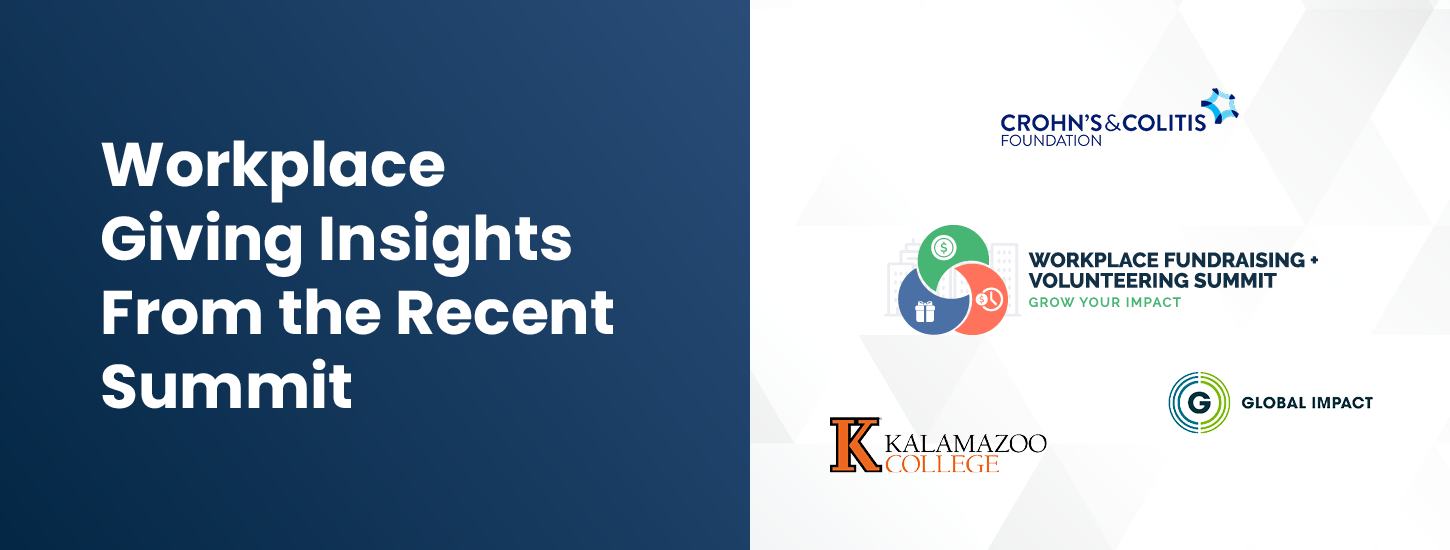
6 Workplace Giving Insights From the Fall 2025 Summit Event
According to the latest Giving USA report, corporate giving…
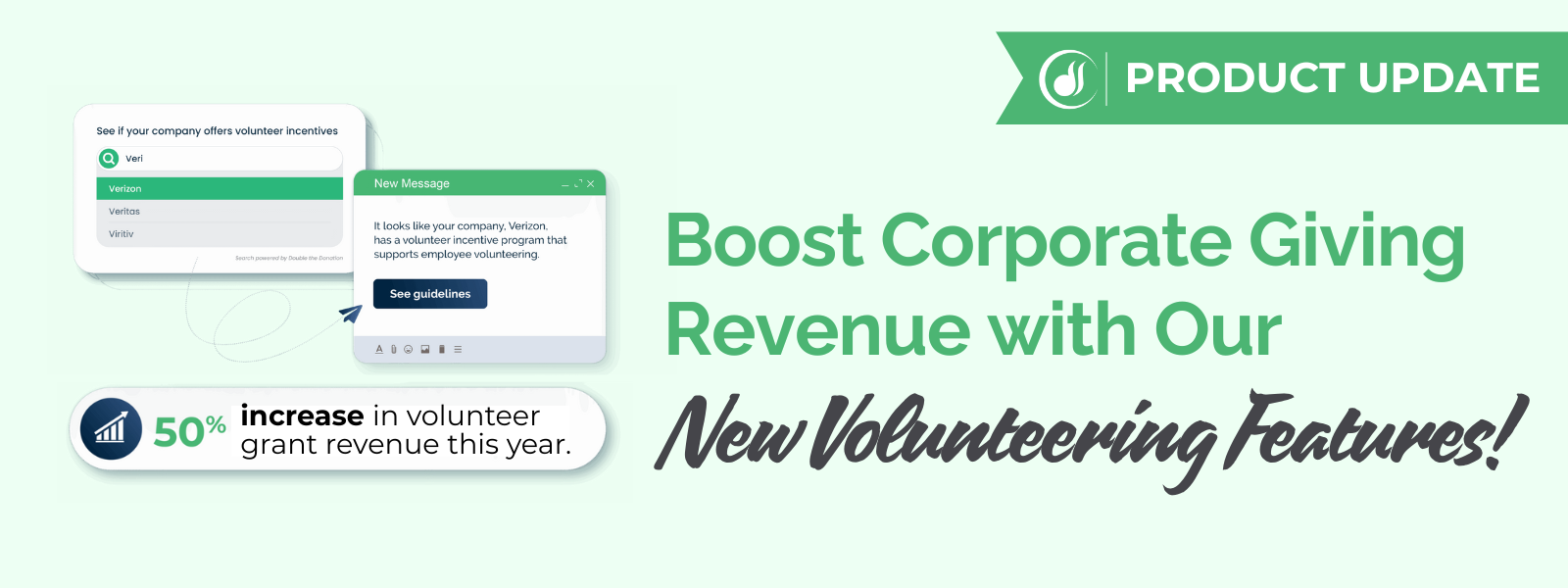
Boost Corporate Giving Revenue with Our New Volunteering Features!
The Double the Donation team is excited to announce two major…

How to Market Volunteer Grants at Your Cultural Heritage Org
Volunteer grants offer a remarkable opportunity for cultural…
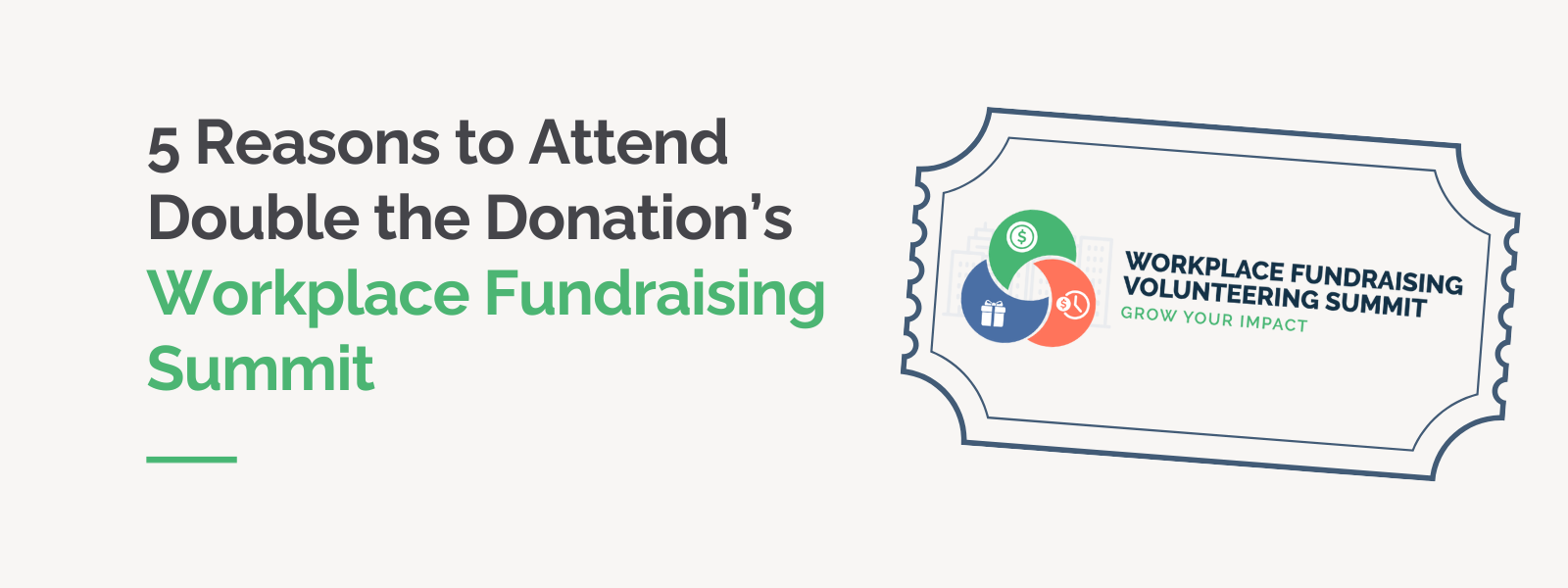
5 Reasons to Attend the Workplace Fundraising + Volunteering Summit
With the recent Giving USA report indicating corporate giving…
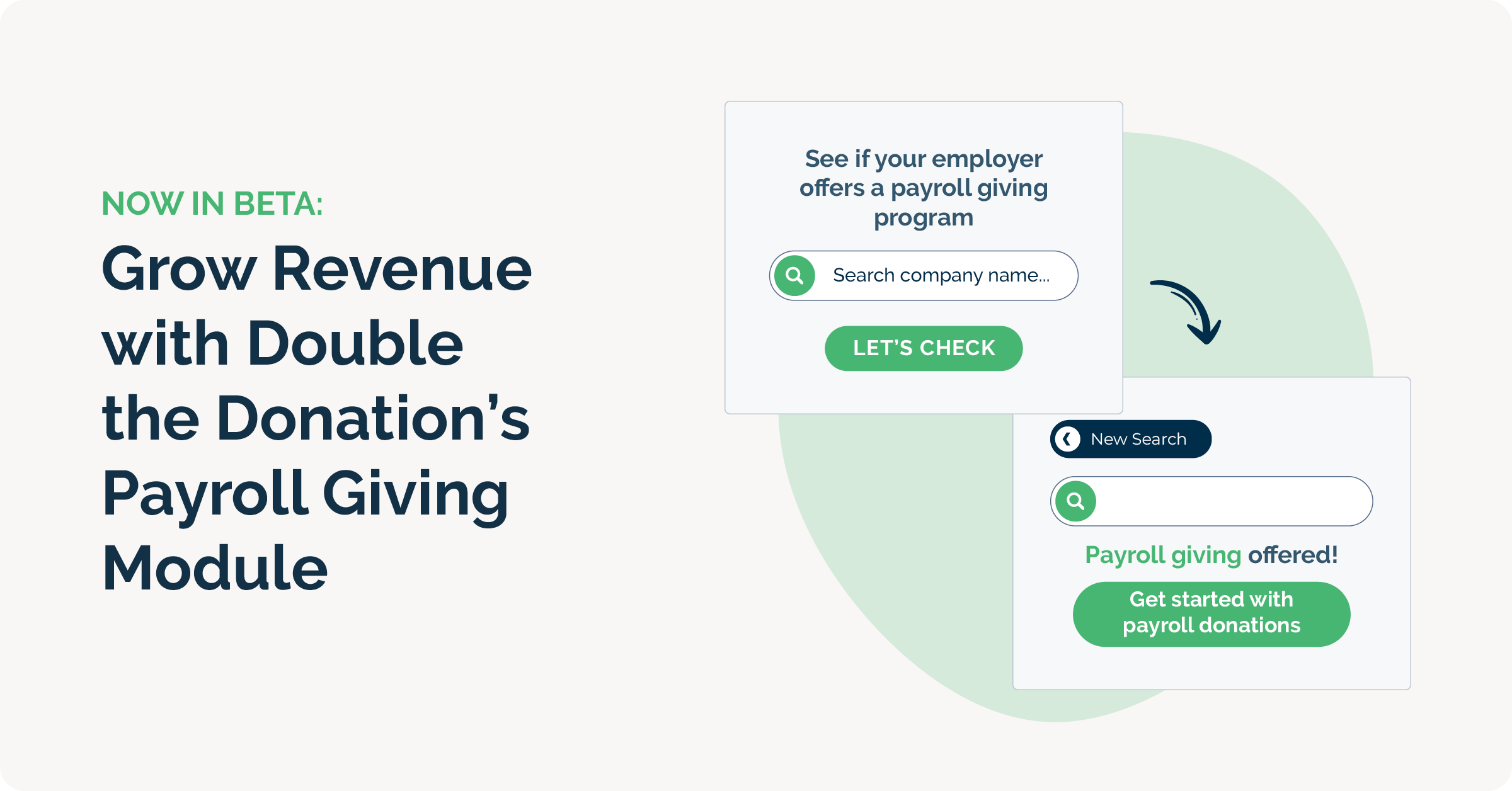 https://doublethedonation.com/wp-content/uploads/2025/07/Blog-Feature_-Now-in-Beta_-Payroll-Giving-Module.png
1256
2400
Erin Lavender
https://doublethedonation.com/wp-content/uploads/2025/11/DTD-horizontal-logo-300x63.png
Erin Lavender2025-07-28 12:34:352025-11-21 04:46:44Now in Beta: Grow Revenue with Double the Donation’s Payroll Giving Module
https://doublethedonation.com/wp-content/uploads/2025/07/Blog-Feature_-Now-in-Beta_-Payroll-Giving-Module.png
1256
2400
Erin Lavender
https://doublethedonation.com/wp-content/uploads/2025/11/DTD-horizontal-logo-300x63.png
Erin Lavender2025-07-28 12:34:352025-11-21 04:46:44Now in Beta: Grow Revenue with Double the Donation’s Payroll Giving Module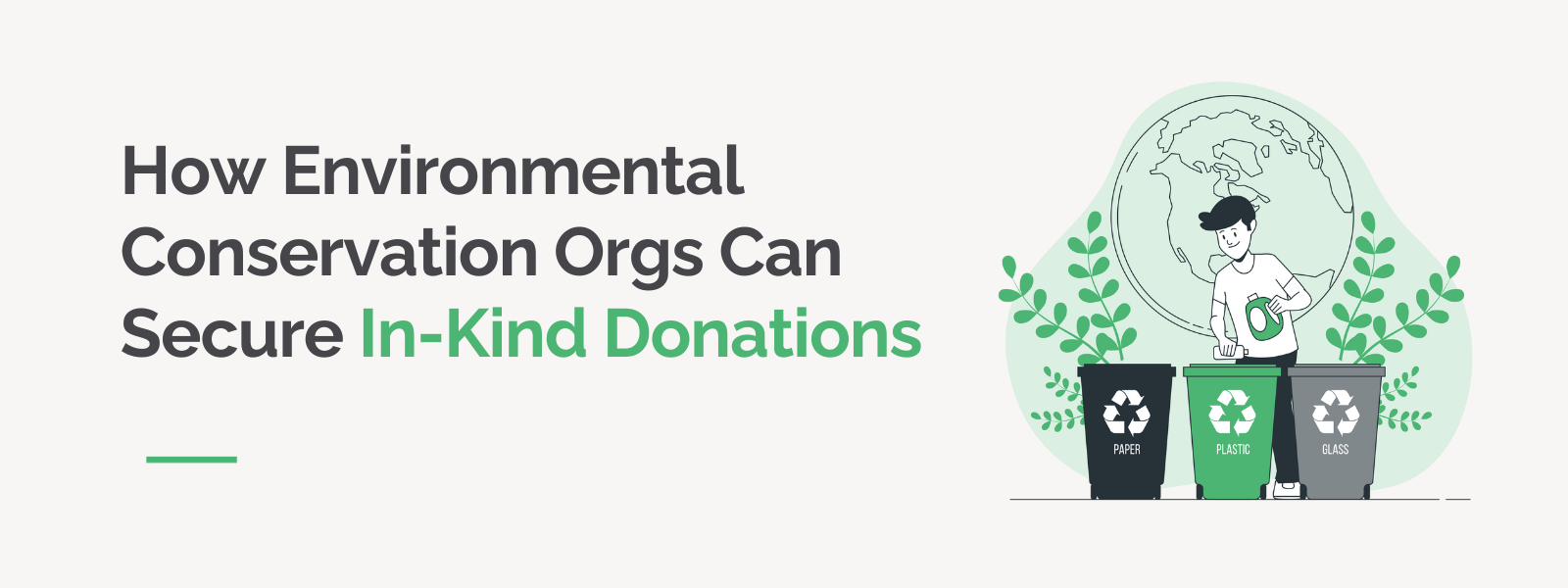
How Environmental Conservation Groups Can Secure In-Kind Donations
Environmental conservation organizations play a vital role in…
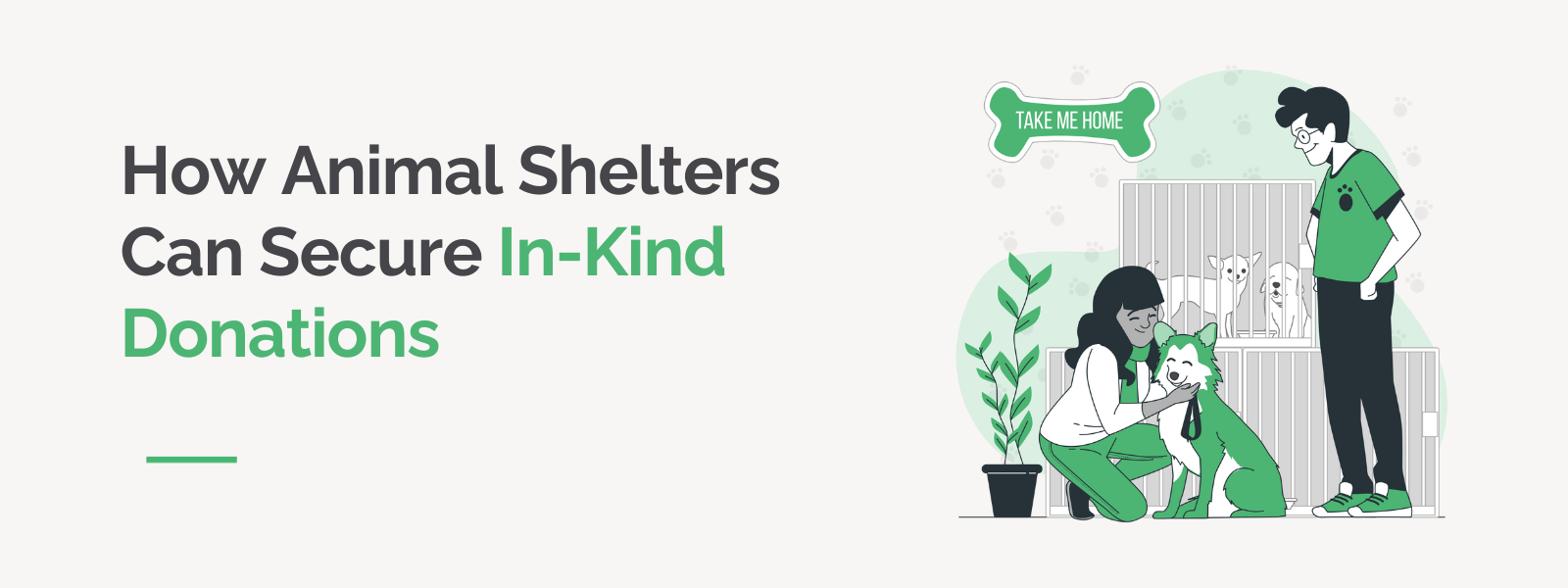
How Animal Shelters Can Secure In-Kind Donations
Animal shelters play a vital role in caring for homeless, abandoned,…
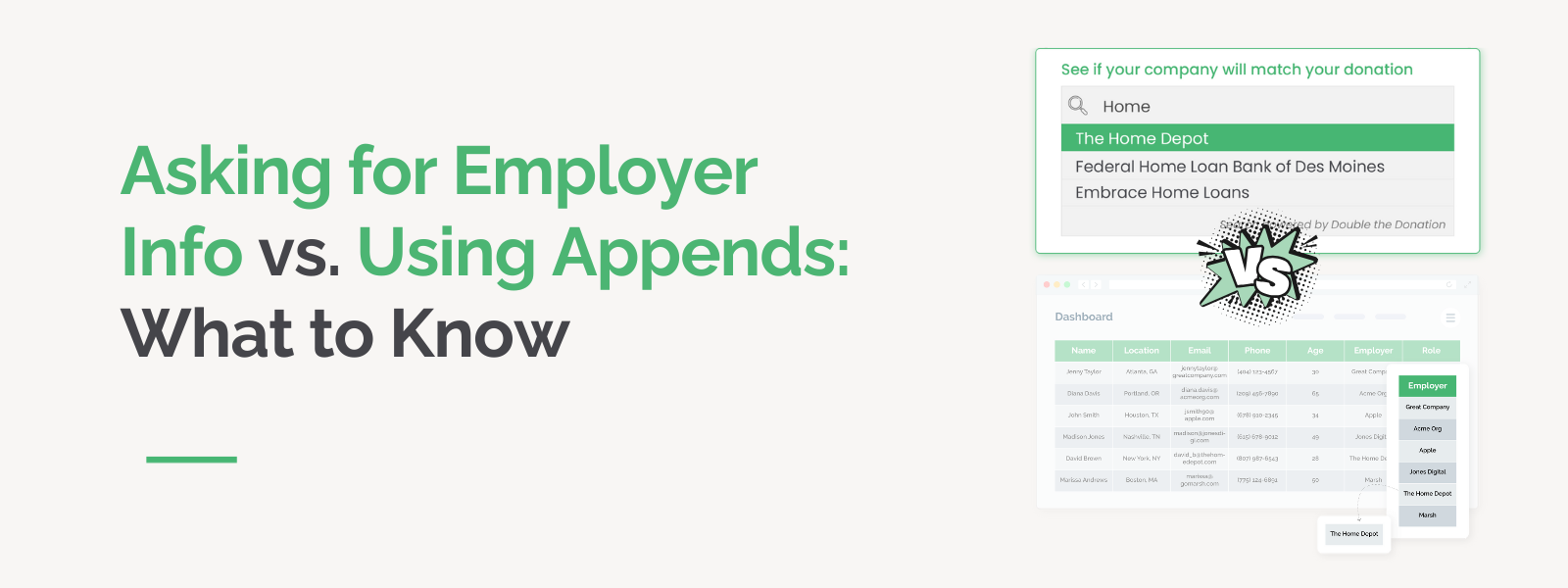 https://doublethedonation.com/wp-content/uploads/2025/07/DTD_Asking-for-Employer-Info-vs.-Using-Appends-What-to-Know_Feature.png
600
1600
Adam Weinger
https://doublethedonation.com/wp-content/uploads/2025/11/DTD-horizontal-logo-300x63.png
Adam Weinger2025-07-16 19:02:492025-11-21 04:29:31Asking for Employer Info vs. Using Appends: What to Know
https://doublethedonation.com/wp-content/uploads/2025/07/DTD_Asking-for-Employer-Info-vs.-Using-Appends-What-to-Know_Feature.png
600
1600
Adam Weinger
https://doublethedonation.com/wp-content/uploads/2025/11/DTD-horizontal-logo-300x63.png
Adam Weinger2025-07-16 19:02:492025-11-21 04:29:31Asking for Employer Info vs. Using Appends: What to Know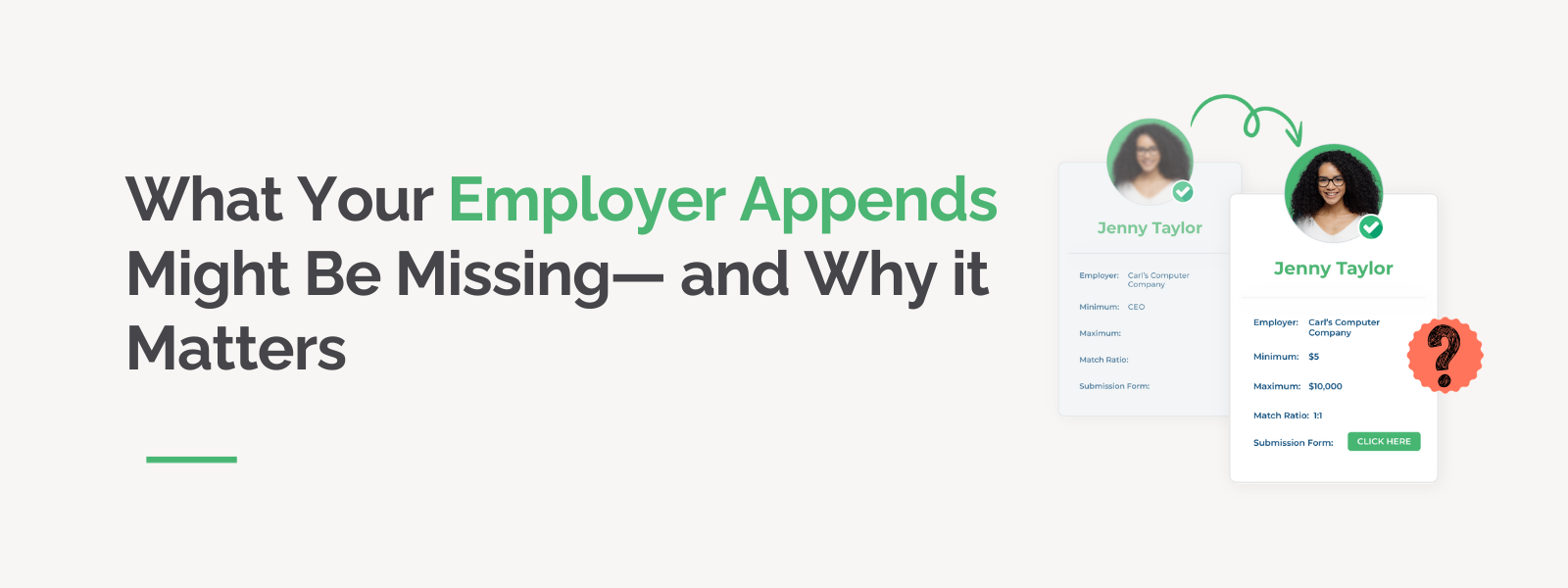
What Your Employer Appends Might Be Missing—and Why it Matters
When it comes to nonprofit fundraising, data is power—especially…
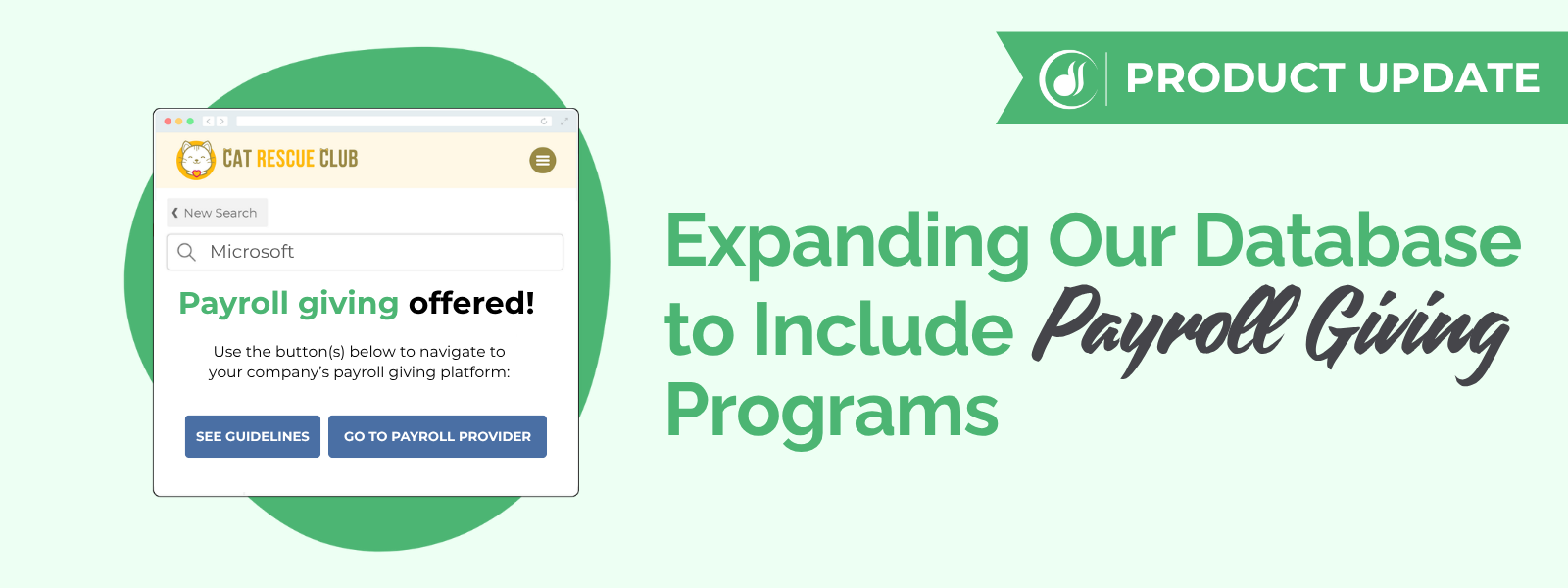 https://doublethedonation.com/wp-content/uploads/2025/06/DTD_Payroll-Giving-Programs-Now-Available_Feature.png
600
1600
Adam Weinger
https://doublethedonation.com/wp-content/uploads/2025/11/DTD-horizontal-logo-300x63.png
Adam Weinger2025-06-27 14:23:062025-11-21 04:50:46Expanding Our Database to Include Payroll Giving Programs
https://doublethedonation.com/wp-content/uploads/2025/06/DTD_Payroll-Giving-Programs-Now-Available_Feature.png
600
1600
Adam Weinger
https://doublethedonation.com/wp-content/uploads/2025/11/DTD-horizontal-logo-300x63.png
Adam Weinger2025-06-27 14:23:062025-11-21 04:50:46Expanding Our Database to Include Payroll Giving Programs
